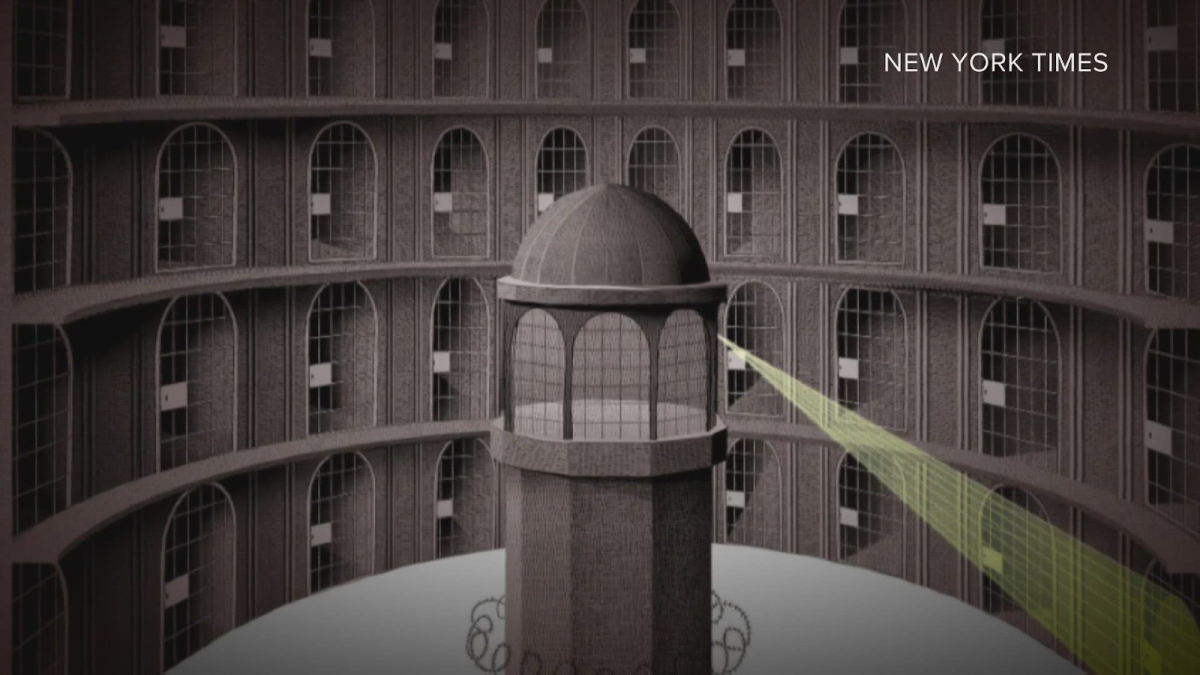Since the first space launch in the 1950s, the concept of space exploration has only expanded. This has led to hundreds of space crafts being launched each year, with 114 launches in 2020 alone. With all of these different crafts being launched into space, it is common for parts of them to fall back to Earth. This happened very recently, although not in the intended way.
Earlier this month, debris from China’s Long March 5B rocket crash landed in the Indian Ocean near the Maldives. The China Manned Space Agency said the parts of the rocket re-entered Earth’s atmosphere at 10:24 p.m. ET, with most of the debris burning up in the atmosphere.
While it is common for parts of rockets to fall back to Earth, there was concern because experts were not able to determine where the debris would strike. When a rocket is launched into space, the boosters that help thrust the rocket into space are supposed to be discarded before the rocket reaches orbit. This allows the boosters to fall in a controlled manner, generally into water.
This did not happen for the Long March 5B rocket. Instead, the rocket reached orbit before the necessary boosters were dropped. This meant the debris entered orbit around the Earth and were dragged into an uncontrolled re-entry.

The debris orbited around the Earth at about 17,000 miles per hour, making it nearly impossible for experts to predict a landing spot. Multiple populated areas were potential spots as a result. Some of the areas were New York, Los Angeles, Madrid, Beijing, and New Jersey.
NASA Administrator Sen. Bill Nelson slammed China for “failing to meet responsible standards” in a statement regarding the debris.
Chinese Foreign Ministry spokesman Wang Wenbin defended the space mission, stating the descent of the rocket was “standard international practice.” He also said in a news conference that “China is always committed to the peaceful use of outer space.”
Despite this assurance, China has a long history of letting pieces of its space crafts come back down to Earth in an uncontrolled manner. Many of its launched rockets have regularly crashed into rural areas and caused some damage. One specific example happened a year ago, where a piece of one of China’s rockets passed over New York and Los Angeles. The piece eventually crashed into the Ivory Coast in West Africa, and while no one was injured, it did damage buildings.
The issue of uncontrolled re-entries isn’t exclusive to China, but if this most recent incident is telling of anything, it’s that this is a part of a bigger problem. This problem will only get worse as countries launch more rockets, which could cause damage if they crash back to Earth or create clouds of space debris that could put other spacecraft in danger.
Sources:
https://www.nytimes.com/2021/05/08/science/china-rocket-reentry-falling-long-march-5b
https://www.nbcnews.com/news/world/debris-china-s-long-march-5b-crashes-back-earth-indian-n1266745
https://www.cbsnews.com/news/chinese-rocket-debris-reenter-atmosphere-indian-ocean/
https://www.nasa.gov/press-release/nasa-administrator-statement-on-chinese-rocket-debris
https://www.washingtonpost.com/technology/2021/05/08/china-rocket-landing/
https://www.northjersey.com/story/news/new-jersey/2021/05/08/chinese-rocket-tracker-danger-zone-new-jersey/5005315001/


























